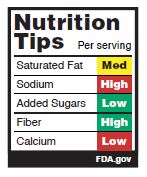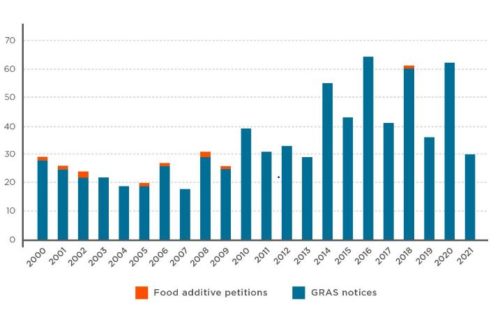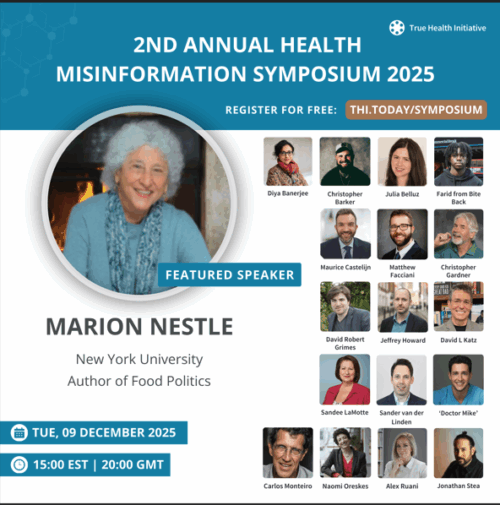A MAHA Win? Beginning to close the GRAS loophole.
The FDA is starting the regulatory process to close the GRAS Loophole.
This proposed rule, if finalized, would amend the Generally Recognized as Safe (GRAS) regulations in 21 CFR [Code of Federal Regulations] parts 170 and 570 to require the mandatory submission of GRAS notices for the use of human and animal food substances that are purported to be GRAS.
What? You mean manufacturers are not already required to tell the FDA when they are putting new additives into foods?
No, they are not. Hence, the “GRAS Loophole.” Food manufacturers have been allowed to decide for themselves whether a new additive is safe and also to decide whether to inform the FDA about it.
Closing the loophole is a long-standing goal of food advocates. Even I got into this one.
In 2013, I wrote a short editorial about the history and significance of GRAS determinations: Nestle M. Conflict of interest in the regulation of food safety: a threat to scientific integrity. JAMA Internal Medicine. 2013;173(22):2036-8.
Here’s the FDA’s version of this history.
And Food Dive explains: FDA takes first step toward closing GRAS ingredient ‘loophole’
Dive Brief:
- The FDA proposed a rule that companies provide health data and other documentation when declaring a new food ingredient or additive is safe, a step toward eliminating a voluntary approval process decried by Health Secretary Robert F. Kennedy Jr.
- The rule would require companies to submit mandatory notices when declaring an ingredient is Generally Recognized as Safe, or GRAS. Currently, notices are voluntary, though strongly encouraged by the FDA.
- The proposal is included among a list of upcoming regulatory priorities by the Trump administration. In March, Kennedy directed the FDA to explore rulemaking to eliminate companies’ ability to self-affirm that an ingredient is safe.
If the FDA can pull this off, it will indeed be a MAHA Win.
I hope it can, given how many FDA employees are no longer with the agency (~3,500 according to reports).





